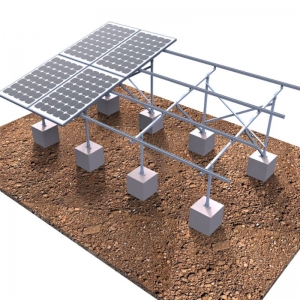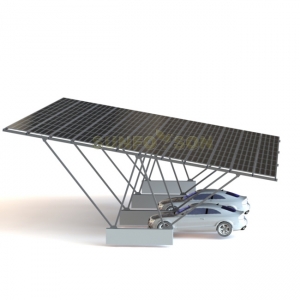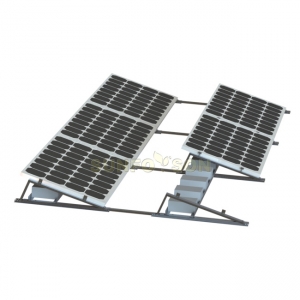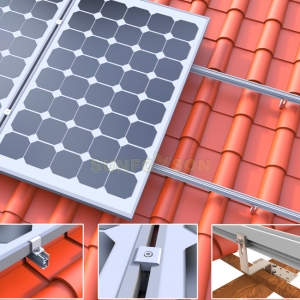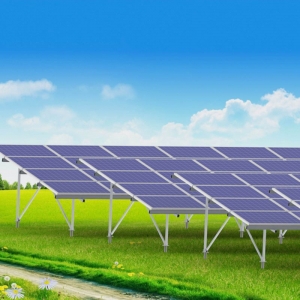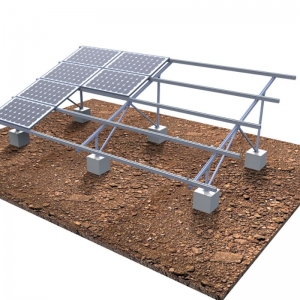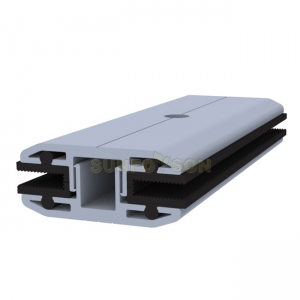In order to resist the invasion of natural
disasters, it is necessary to control four aspects of site selection, design,
installation, and operation and maintenance of photovoltaic power plants.
First, site selection: ensure the quality
of the building
In recent years, with the advent of
lightweight materials, the danger of these building materials being blown away
by wind has also to be taken into consideration during design, preventing the
roof from being torn by air currents. At present, home-distributed photovoltaic
power plants are mainly installed on sloped roofs and flat roofs. The flat roof
also covers the concrete flat roof, color steel plate flat roof, steel flat
roof, ball node roof and so on.
For the installation of photovoltaic power
plants are also particular about the installation site, installation
orientation, installation angle, load requirements, and arrangement and
spacing. From this point of view, the safety of site selection for photovoltaic
power plants is mainly in the following three aspects: First, load-bearing. To
achieve 38KG / square meter; the second is life. The life of the roof is
greater than the design life of the photovoltaic. The third is not to make a
crisis. Try to avoid the tuyere and the nozzle.
Second, the design: to improve the strength
of the component design suitable windshield
From the design of the power station, while
balancing the costs of photovoltaic power plants and the benefits of power
generation, the strength design requirements of photovoltaic supports and
component briquettes, etc., can be appropriately increased, and the component
inclination with better wind resistance capability can be reasonably selected.
In addition, consider designing suitable wind deflectors. The wind deflector is
fixedly installed on the rear pillar of the bracket system, and a plurality of
guide openings are opened on the panel, which has the function of guiding the
air flow and reducing the wind pressure of the assembly. The force of the beam
of the support system is reduced, the pull-out force of the foundation is
reduced, and the structural safety factor of the photovoltaic power station is
increased. However, the force of the rear column increases, the axial shear
force of the foundation increases, and the force of the foundation needs to be
checked. In designing, fully considering the strength of photovoltaic supports
and components and constructing suitable wind deflectors can effectively reduce
the damage of strong winds to photovoltaic power plants.
Third, the installation: choose a solid
bracket scientific and rational installation
The majority of photovoltaic power plant
wind resistance capacity is determined by the strength of the photovoltaic
stent, stents are generally made of aluminum alloy, carbon steel and stainless
steel. In theory, the maximum wind resistance capacity of the PV bracket is
216km/h, and the maximum wind resistance of the tracking bracket is 150km/h
(more than 13 wind forces). But why did the stand known to be capable of
resisting the typhoon of the thirteenth grade were "blown off" when
they encountered less than 13 gale winds?
Some Solar installation company in order to save steel, three rows of photovoltaic modules are installed on the flat roof, and the front row and the rear row are not connected by beams, and the fixed piers at the bottom of the bracket are too light in weight and should be made rectangular and thickened. Pier weight. The above details have not been handled well, and the typhoon is coming. It must be flying! Moreover, when installing, it is necessary to pay attention to the best installation of fixed cables and anti-rust paint to extend the time of the stent against the storm.
Fourth, operation and maintenance: smart
and efficient operation and maintenance improve risk awareness
During operation and maintenance of the
photovoltaic power plant during normal operation, the rooftop power station
should regularly inspect the building to ensure the quality of the building on
which the photovoltaic project is based. Check the strength of photovoltaic
modules, photovoltaic supports, and the structure of the inverter room at any
time to prevent them from becoming dull.












